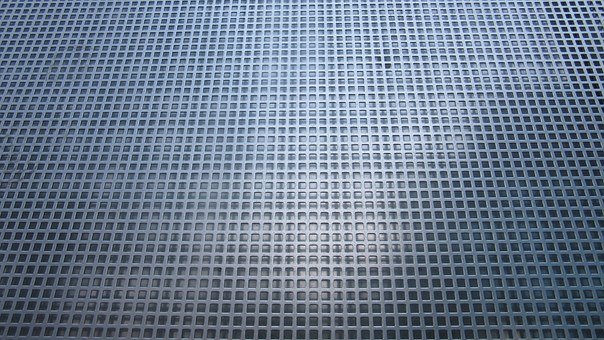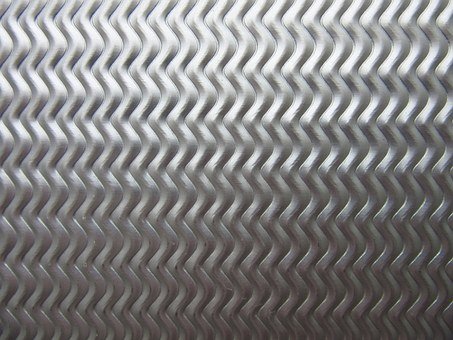Fabrication of Sheet Metal: Everything You Need to Know
.

Sheet metal fabrication is a general term used to describe a range of operations that utilizes metals to build structures and machines. It requires different kinds of experts who come together and is an industry of its own.
Business that perform these operations are known as fab shops or fabrication shops. Below we look into the types of metals used for fabrication and the different types of processes used.
Types of Metals Used
There are various types of metals used to fabricate sheet metals and when fabricated these metals can easily adapt to the whatever you may need to use them for.
A few of the common types of metals are as follows,
Steel
Even within steel there are various categories of steels used for fabrication. These different types are used for various purposes. Overall, no matter the type, steel is known for its strength and durability.
Aluminium
This is another widely available resource and is much lighter when compared to steel. It works ideally for low temperature situation so therefore works in applications such as refrigeration.
Magnesium
This is a low-density structural metal know to be stiff when need be.

Brass
Just like aluminium this another lightweight option especially known for its acoustic properties. You’ll find brass in most fittings.
Copper
Best known for its electrical conductivity and is also resistant to corrosion
Bronze
We’ve all seen bronze coins. This metal is stronger than copper and has really low melting point
Depending on the purpose and end goal you can get sheet metal fabrication Melbourne.
Processes Used to Fabricate
Fabrication of sheet metal is done in 3 main steps.
Forming
This process includes operation like stamping, bending, stretching and roll forming.
Stamping is process of shaping the metal into whatever form you want it to be by using dies. You put the sheet of metal between to dies and literally stamp it.
Bending is usually performed by hand or using special press brakes and stretching is literally pulling the meal apart and roll forming is similar to bending where the metal is sent through rolls so that is be bent into a coil.

Cutting
There are usually two types of cutting: with or without shear. The former includes operation such as shearing, cutting and blanking. This is the most commonly used type of cutting when it comes to products that nonindustrial.
A basic cut will be just by using a single blade while blanking is the more powerfulform of the same processused by a hole punch.
Shearing is similar to what you do with a pair of scissors. There are two blades on the top and bottom with one remaining stationary.
Non-shear cutting is precise and involves process like Laser cutting, Plasma and waterjet cutting.
Joining
Joining is the final process and involves operation such as welding, brazing, and riveting. Welding is the process of combining sheet by using high temperature to melt them while brazing is quite similar, but it involves a filler which is exposed to high temperatures. Riveting is when you use small parts embed in the sheet to join sheets together.
This is just a quick overview of what happens during in a fab shop. There is a whole different science to this and would take quite a bit of time to explain in detail.